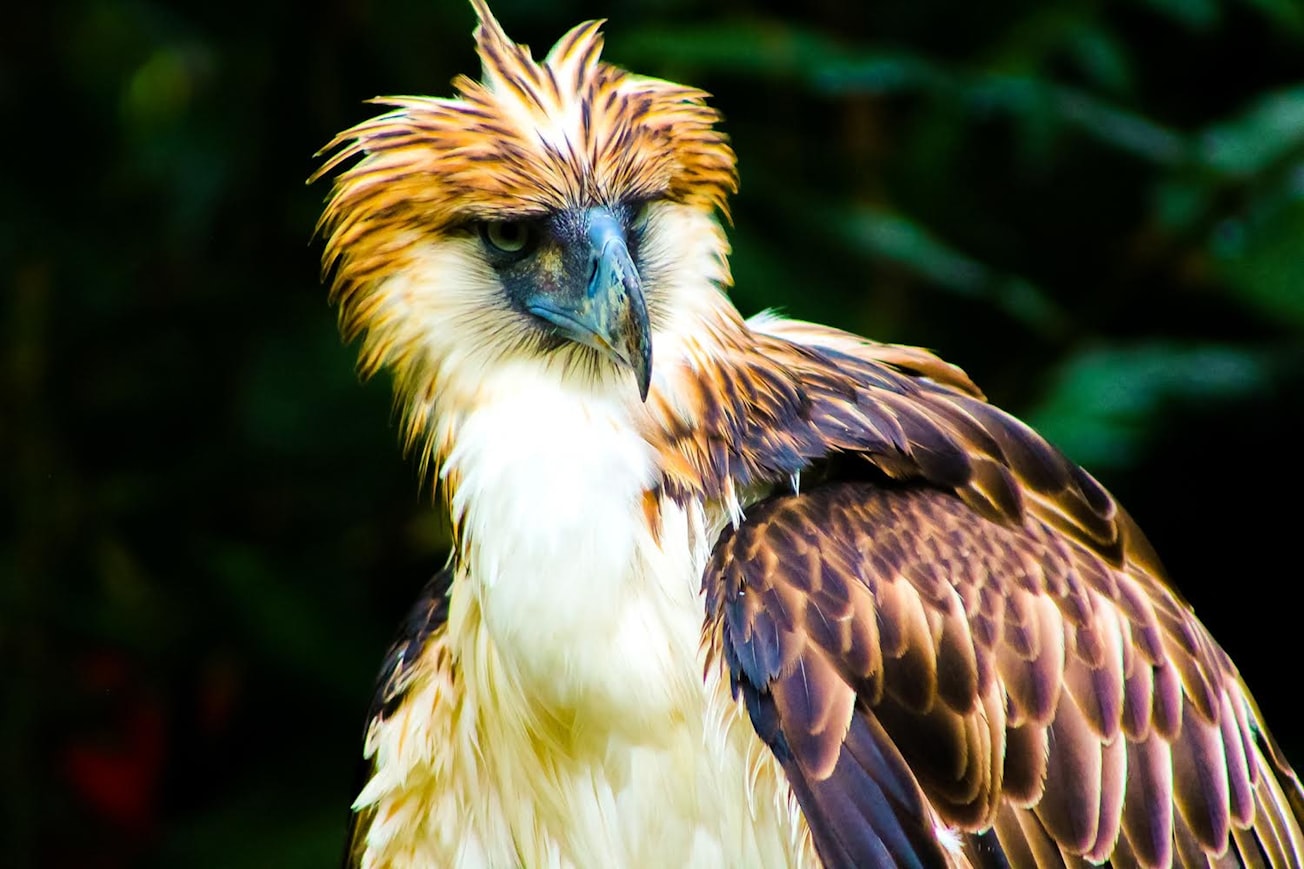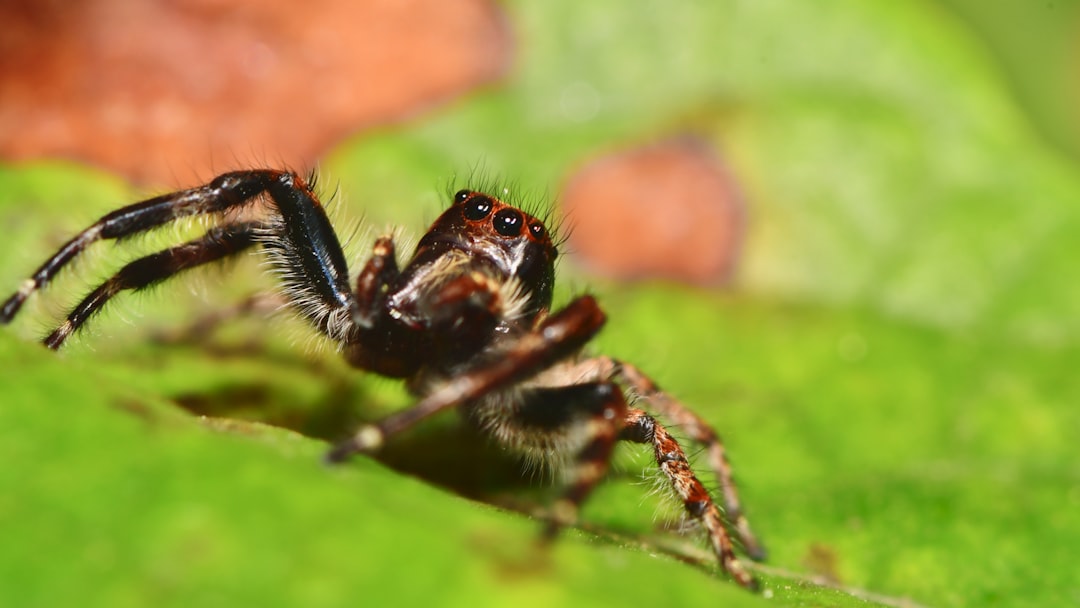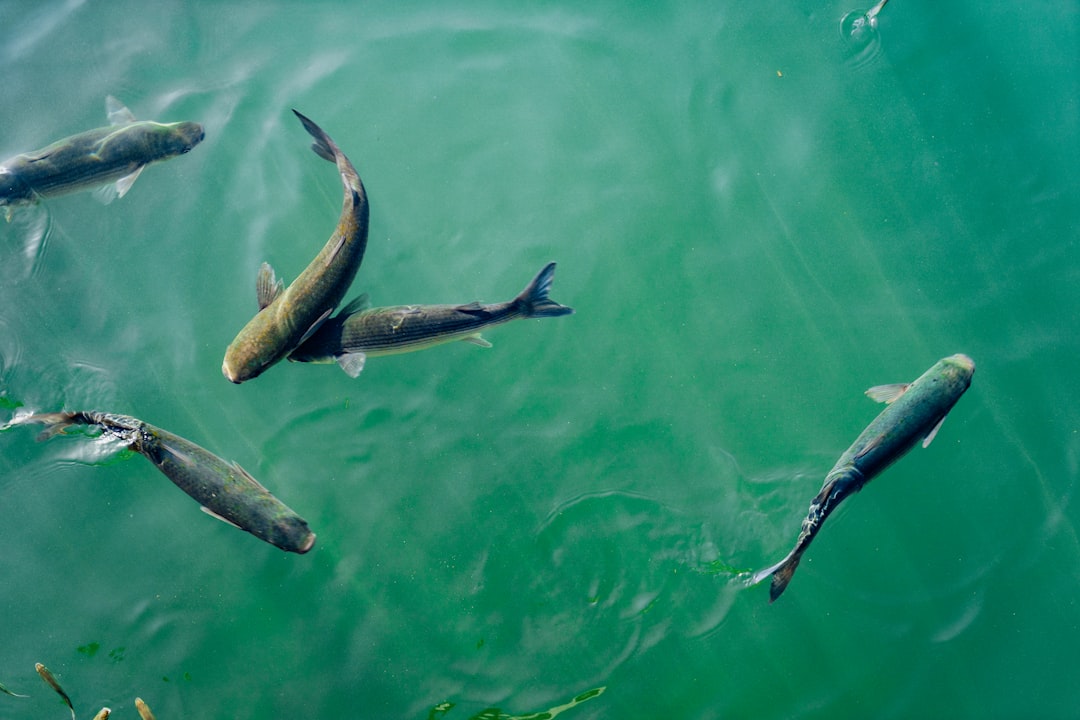What is it about?
For centuries, indigenous communities have taken care of the forest. Even as forests have shrunk due to agricultural expansion, logging, urbanization, and more, indigenous people have lived in harmony with forest ecosystems. This progressive deforestation has, of course, furthered climate change. But globally, it has also caused a massive loss of biodiversity. This paper takes the case of the raptor—the mighty eagle and hawk. These birds have lost their homes, the variety in their species, and their strength in numbers. Some species have even become extinct. The paper begins by outlining how various raptor species have been hurt by deforestation. It then recalls instances where indigenous communities were called upon to help restore forests and so, conserve raptor populations. It finally deep dives into the Save the Philippine Eagle program. The Philippine Eagle became critically endangered because of deforestation. But through partnerships between conservation organizations, NGOs, and indigenous communities, the land was restored enough for a new nesting area to crop up in the wild. In a reflection on learnings from the program, the paper discusses how such partnerships with indigenous people have paid off in many more ways than one.
Featured Image

Photo by Jomark Francis Velasco on Unsplash
Why is it important?
Animals and birds, particularly raptors, haven been traditionally linked with many indigenous cultures. Today, the world over, it has been seen that when placed in caretaker roles, indigenous peoples can improve local biodiversity while restoring forests. And reforestation helps mitigate climate change. This goes to show that it will not do to simply plant more trees. To truly, sustainably rebuild and preserve the forest, the knowledge and wisdom of indigenous peoples must be harnessed. The authors of the paper recommend applying the Save the Philippine Eagle method to raptor conservation efforts throughout Asia. KEY TAKEAWAY: Forests must be restored for the sake of the planet. Perhaps, the best way to do that is to partner with indigenous communities.
Read the Original
This page is a summary of: Conservation Letter: Deforestation—The Philippine Eagle as a Case Study in Developing Local Management Partnerships with Indigenous Peoples, Journal of Raptor Research, September 2021, The Raptor Research Foundation, Inc.,
DOI: 10.3356/jrr-20-118.
You can read the full text:
Contributors
Be the first to contribute to this page










